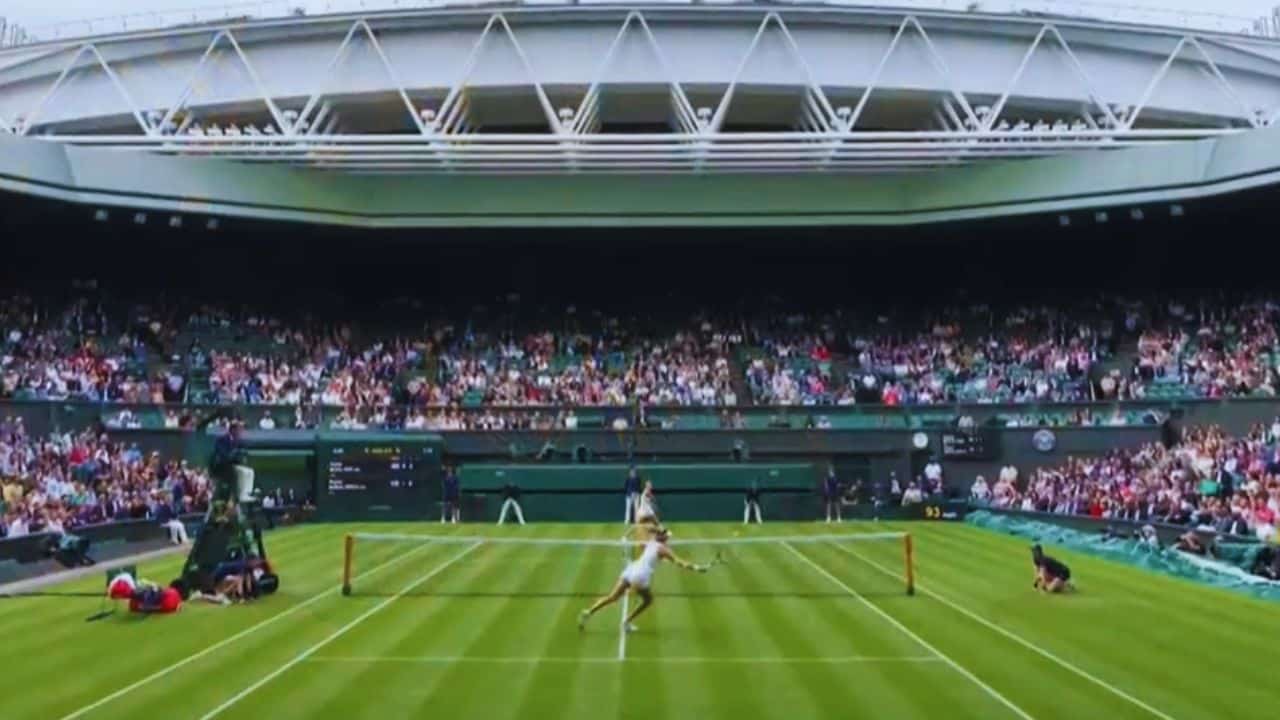Wimbledon, the world’s oldest tennis tournament, plans to replace line judges with cutting-edge electronic line-calling technology in a historic move.
For the first time in its 147-year history, starting with the 2025 tournament, this iconic competition will rely entirely on AI to make in-or-out calls on all 18 match courts.
A Shift Toward Technology
Wimbledon’s decision marks a significant shift, as the tournament, known for its adherence to tradition, will now embrace technology in a way never seen before. The tournament will expand its use of the Hawk-Eye system, partially employed in recent years, with the introduction of automated electronic line calling (ELC).
Human judges made line calls previously, giving players the option to challenge questionable decisions. However, the ELC system will automatically determine every point with precision, leaving no room for human error.
Following in the Footsteps of Other Tournaments
The move to replace human line judges with AI isn’t entirely new in the world of tennis. Wimbledon follows in the footsteps of the US Open, which fully implemented electronic line calling during the 2020 tournament as a safety measure amid the COVID-19 pandemic. Since then, other tournaments have also adopted the technology, with great success.
The End of the Challenge System
One of the most noticeable changes for players and fans alike will be the removal of the challenge system. With ELC, there will be no need for players to question calls, as the automated system will determine the result with accuracy, delivering verdicts within a tenth of a second.
An automated voice announcement will indicate whether a ball is in or out, further streamlining the process. Although the technology will be taking overline calls, a video operator will monitor the system to ensure everything runs smoothly, and the match umpire will continue to oversee the game.
Tradition Meets Modern Accuracy
Wimbledon’s adoption of electronic line calling signals a turning point in its long history. The All England Club, initially resistant to adopting this technology, has now recognized the need to uphold the tournament’s high standards.
In an era where precision technology is readily available, we can no longer justify human error as an inevitable part of the game. As such, the organizers believe that the shift to AI will enhance the fairness and accuracy of match results, bringing a new level of consistency to the prestigious competition.
Wimbledon’s leap into the future with the help of AI represents a balance between tradition and innovation, ensuring that the tournament remains at the forefront of tennis while maintaining its historic charm.
The Information is Collected from MSN and Sky Sports.












































